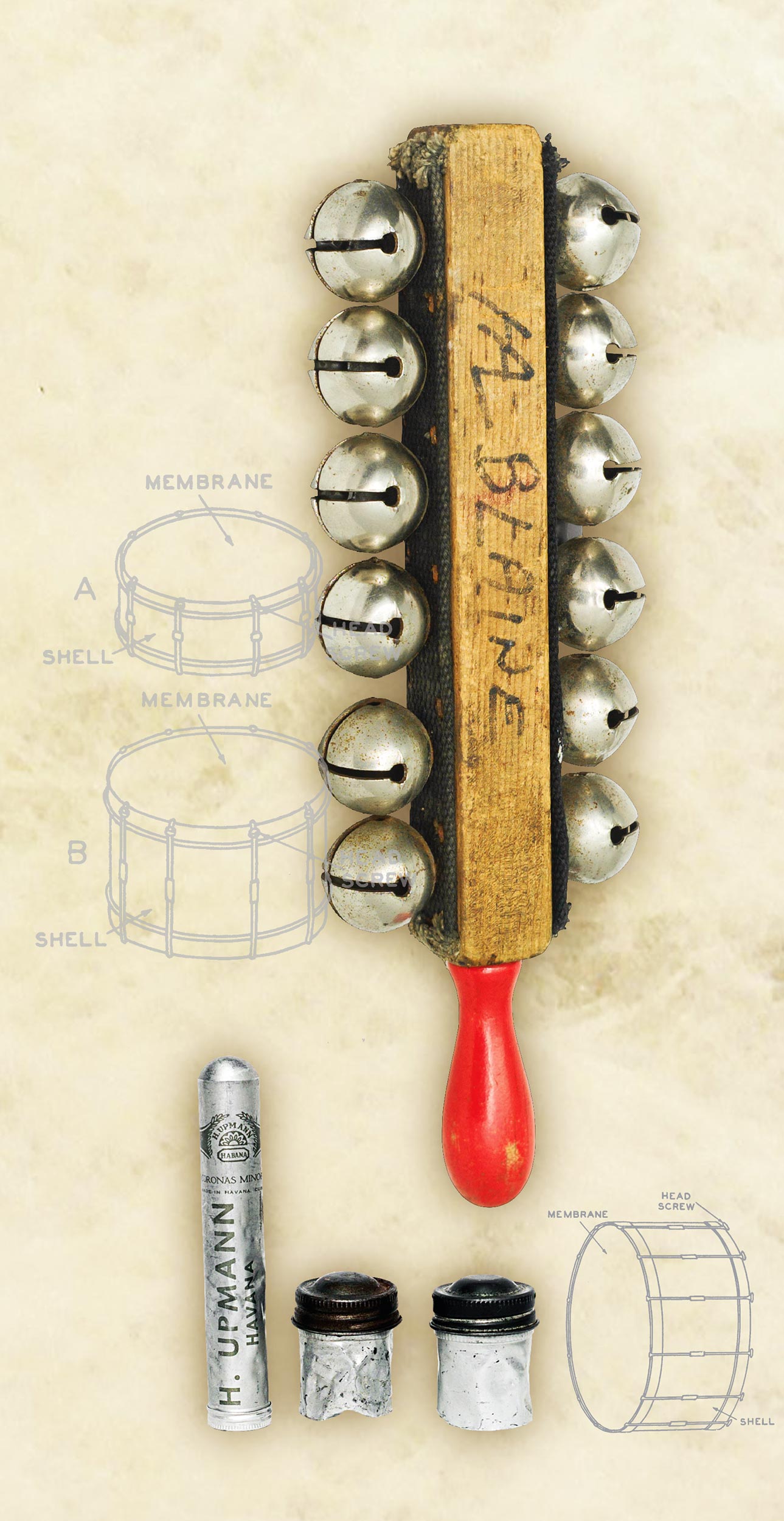If you find yourself chasing modern low end, you’ll eventually end up playing with a subharmonic synthesizer. There are plenty of options, ranging from outboard gear like the dbx 120A Subharmonic Synthesizer to plug-ins like Lowender by reFuse Software, but when RootOne landed, it really shook things up. As a young assistant engineer working at Hyde Street Studios [Tape Op #55], I remember having my mind blown when a big name engineer came in for a weeklong mix, and in his traveling rack the piece of gear he relied on the most was the Peavey Kosmos Sub Harmonic Generator [Tape Op #28]. I was moved (literally) by the thunderous lows he summoned from that mystery box. In the years since, I’ve used a handful of subharmonic synths, and while they all do what’s expected, they’re trickier to use than you’d think. A little sub goes a very long way, and it’s too easy to end up with a wonky low resonance that feels disconnected from the song’s pocket. Considering that accurately monitoring your mix’s low end is already difficult, sometimes it can almost feel too risky to muck around down there – especially when you’re getting paid to mix someone else’s music! The outcome is worth the trouble though. When that bottom end locks in just right, you can make an upright piano feel like it belongs in a cinematic movie trailer.
Subharmonic synthesizers work by tracking the audio input and generating new content below the input. In the case of RootOne, you have three bands with adjustable crossover frequencies named Sub, Thump, and Punch. Laid out just like a mixing board, these three bands share common features: a level fader, Solo and Mute buttons, a Drive send, Dynamics matching, and Attack/Decay controls. Honestly, that’s a lot more control than comparable products offer, but the RootOne GUI makes it easy for any audio engineer to feel right at home. The Drive bus sends to a fourth fader, called Harmonics, with a Saturation “circuit.” This fourth channel is visually separated with a slightly different feature set than the previous three channels, with Drive, Color, and a low-pass filter. Overall, this is a lot of control, which easily could translate into many dangerous opportunities for mucking up your low end. In practice, however, that’s not the case at all! When auditioning the various available presets on different channels and/or group buses, it’s obvious right away that the algorithm used in RootOne feels much more glued to the input signal.
In the RootOne user manual, Leapwing claims, “instead of simply pitch shifting the signal, we use advanced analysis to generate subharmonics that are phase-aligned with the source.” I have no clue what their competitors are doing, but my ears are telling me that even with all these extra controls, I’m getting usable results faster, and with significantly less fiddling of knobs. Since downloading RootOne, it’s become a standard on my drum bus for half the albums I’ve mixed. I especially enjoy throwing it on analog instruments, like an upright bass, piano, or acoustic drum kits – it gives those instruments a modern, competitive edge. This plug-in is also particularly fun to kick in on acoustic guitars or pianos, but only in sections where the drummer lays out. Using RootOne, it’s easy and enjoyable to make acoustic mixes that compete with movie trailers or club music.




_disp_horizontal_bw.jpg)